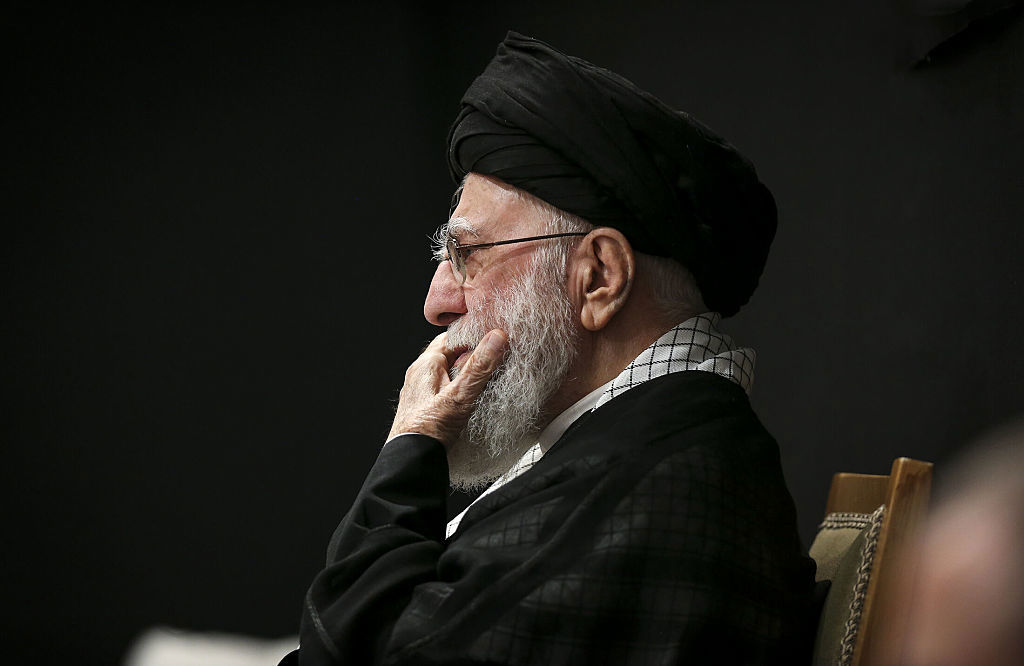
Ayatollah Ali Khamenei's absence during the war suggested heavy security for the Iranian leader, who has final say on all state matters.
Iran’ s Supreme Leader Ayatollah Ali Khamenei made his first public appearance since the 12-day war between Israel and Iran began, attending a mourning ceremony on the eve of Ashoura.
Khamenei's absence during the war suggested heavy security for the Iranian leader, who has final say on all state matters.
State TV in Iran showed him waving and nodding to the chanting crowd, which rose to its feet as he entered and sat at a mosque next to his office and residence in the capital, Tehran.
READ MORE: 'Our own way': PM's subtle message about Australia's reliance on US

There was no immediate report on any public statement made. Iranian officials such as the Parliament speaker were present. Such events are always held under heavy security.
The 86-year-old Khamenei had spent the war in a bunker as threats to his life escalated.
After the US inserted itself into the war by bombing three key nuclear sites in Iran, U.S. President Donald Trump sent warnings via social media to Khamenei that the US knew where he was but had no plans to kill him, “at least for now.”
On June 26, shortly after a ceasefire began, Khamenei made his first public statement in days, saying in a prerecorded statement that Tehran had delivered a “slap to America’s face” by striking a US air base in Qatar, and warning against further attacks by the US or Israel on Iran.
READ MORE: Two teenagers charged over allegedly hit and run with stolen Mercedes
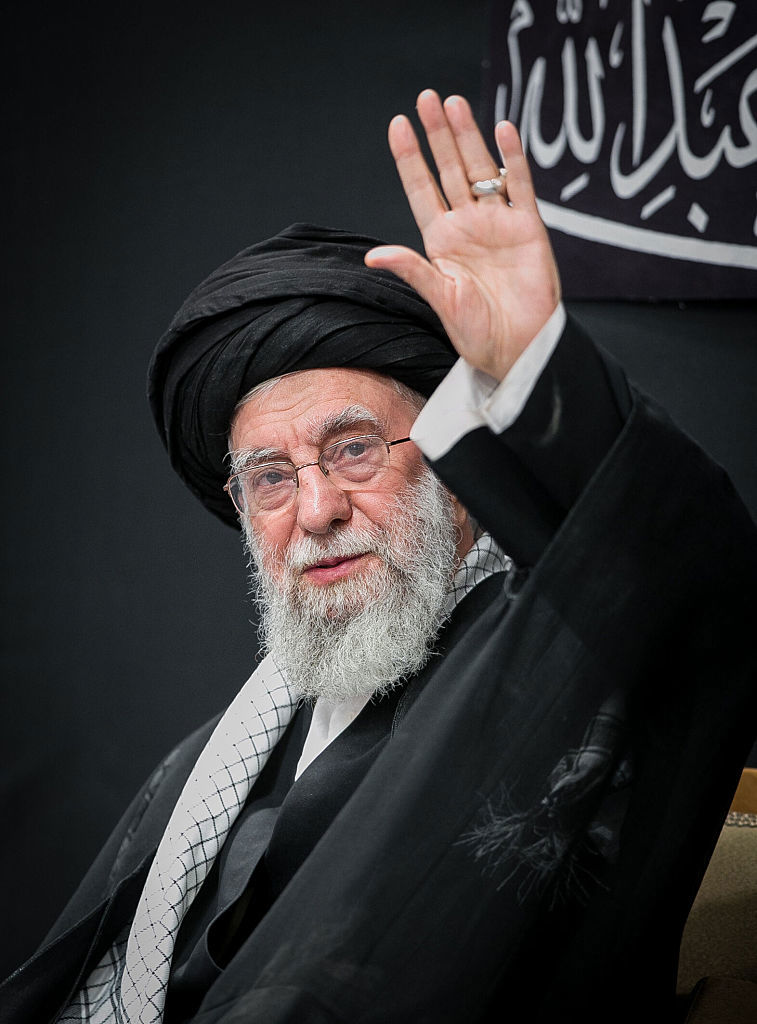
Trump replied, in remarks to reporters and on social media: “Look, you’re a man of great faith.
A man who’s highly respected in his country. You have to tell the truth. You got beat to hell.”
Iran has acknowledged the deaths of more than 900 people in the war, as well as thousands of injured.
It also has confirmed serious damage to its nuclear facilities, and has denied access to them for inspectors with the UN nuclear watchdog.
Iran’s president on Wednesday ordered the country to suspend its cooperation with the watchdog, the International Atomic Energy Agency, further limiting inspectors’ ability to track a program that had been enriching uranium to near weapons-grade levels.
Israel launched the war fearing that Iran was trying to develop atomic weapons.
It remains unclear just how badly damaged the nuclear facilities are, whether any enriched uranium or centrifuges had been moved before the attacks, and whether Tehran still would be willing to continue negotiations with the United States over its nuclear program.
Israel also targeted defense systems, high-ranking military officials and atomic scientists.
In retaliation, Iran fired more than 550 ballistic missiles at Israel, most of them intercepted, killing 28 people and causing damage in many areas.
READ MORE: Man charged over arson attack on Melbourne synagogue
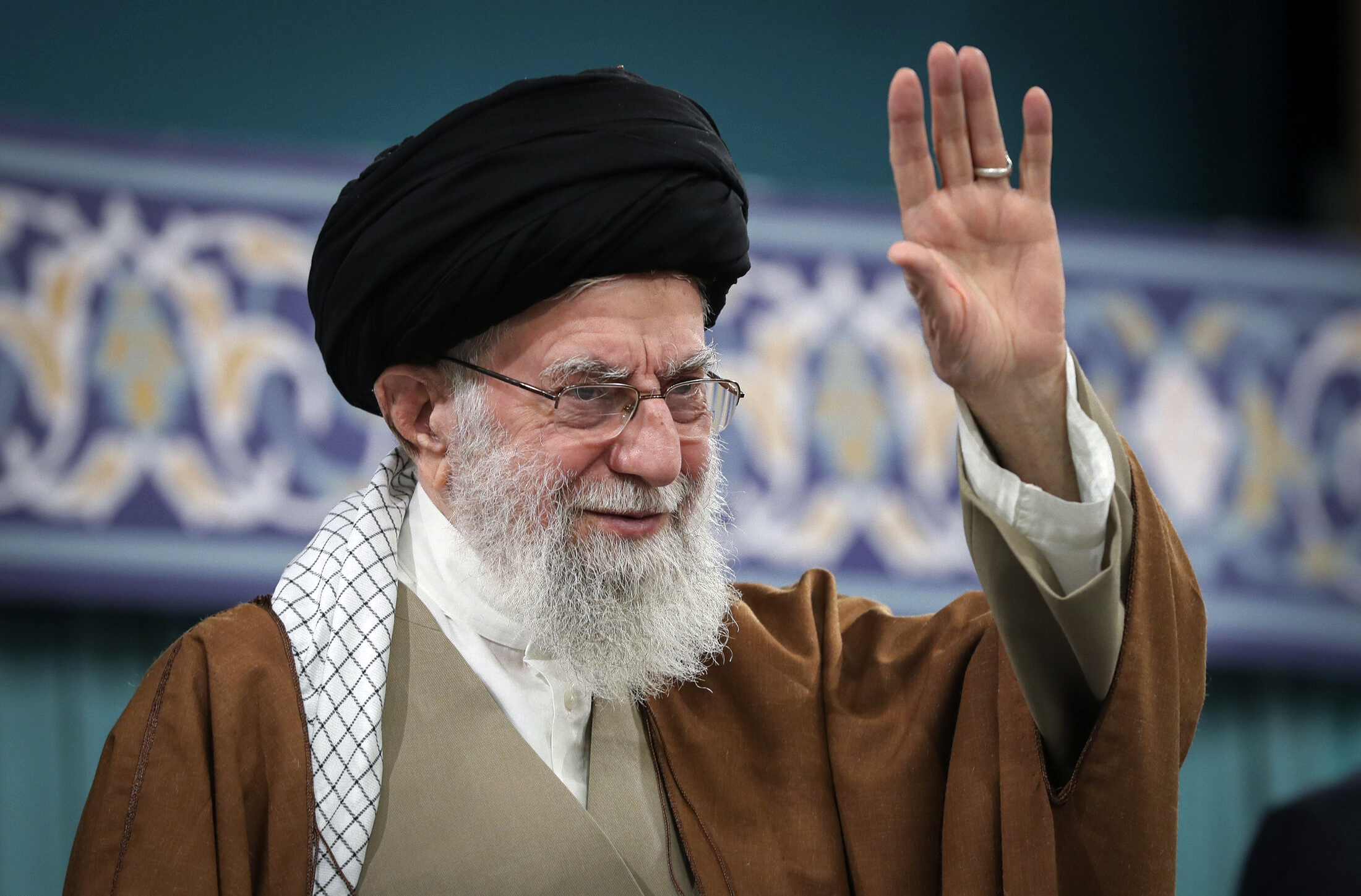
Ceremony commemorates a death that caused rift in Islam
The ceremony that Khamenei hosted on Saturday was a remembrance of the 7th century martyrdom of the Prophet Muhammad’s grandson, Hussein.
Shiites represent over 10 per cent of the world’s 1.8 billion Muslims, and they view Hussein as the rightful successor to the Prophet Muhammad. Hussein’s death in battle at the hands of Sunnis at Karbala, south of Baghdad, created a rift in Islam and continues to play a key role in shaping Shiite identity.
In predominantly Shiite Iran, red flags represented Hussein’s blood and black funeral tents and clothes represented mourning.
Processions of chest-beating and self-flagellating men demonstrated fervor. Some sprayed water over the mourners in the intense heat.
Reports of problems accessing the internet
NetBlocks, a global internet monitor, reported late Saturday on X that there was a “major disruption to internet connectivity” in Iran.
It said the disruption corroborated widespread user reports of problems accessing the internet.
The development comes just weeks after authorities shut down telecoms during the war.
DOWNLOAD THE 9NEWS APP: Stay across all the latest in breaking news, sport, politics and the weather via our news app and get notifications sent straight to your smartphone. Available on the Apple App Store and Google Play.
 'Extraordinary figure' in motorsport killed in Taronga Zoo bike crash
'Extraordinary figure' in motorsport killed in Taronga Zoo bike crash
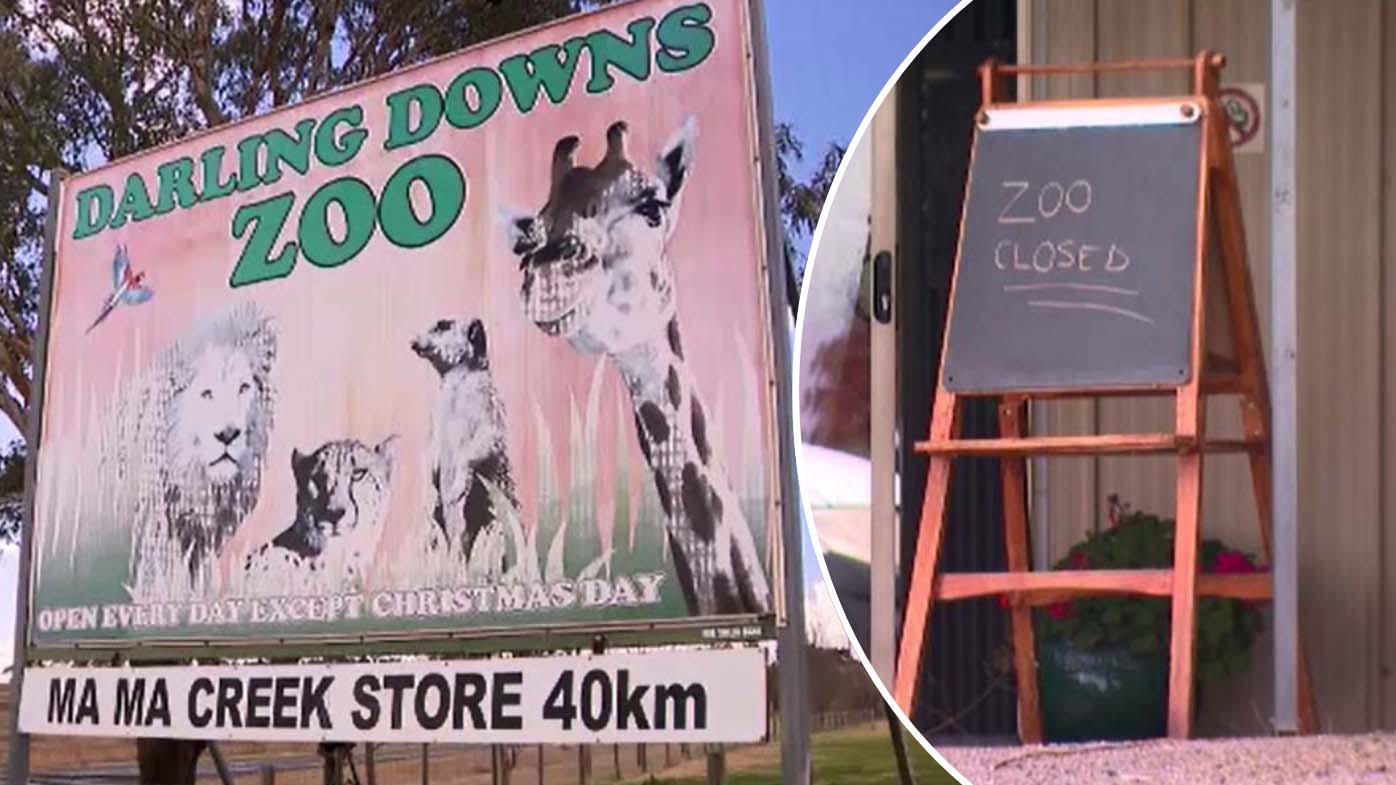 Zoo worker 'loses arm' after being 'grabbed' by big cat at Queensland zoo
Zoo worker 'loses arm' after being 'grabbed' by big cat at Queensland zoo
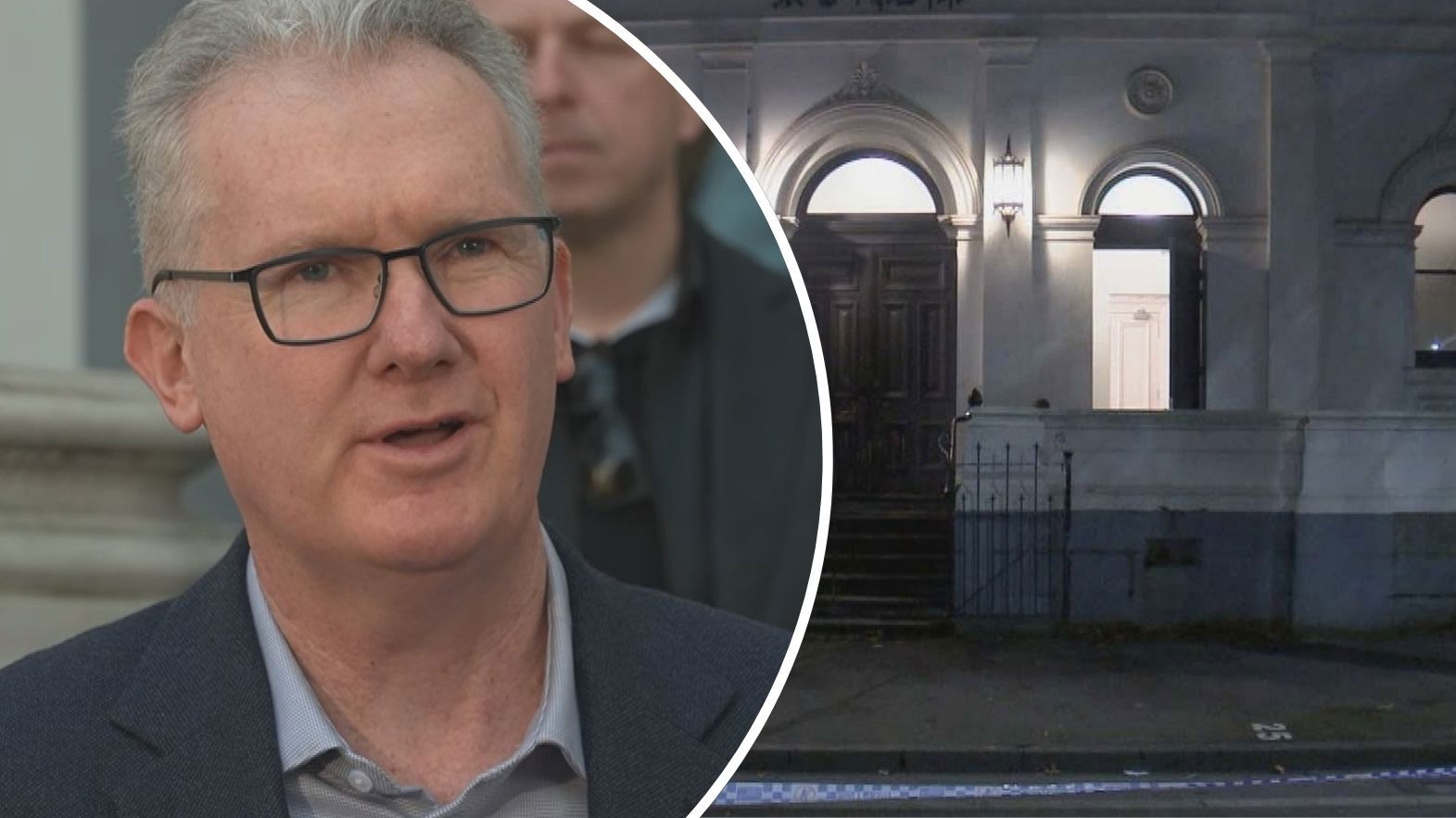 'Attack on Australia': Man charged after Melbourne synagogue fire
'Attack on Australia': Man charged after Melbourne synagogue fire
 Mother of child allegedly abused at daycare centre says she's 'broken'
Mother of child allegedly abused at daycare centre says she's 'broken'
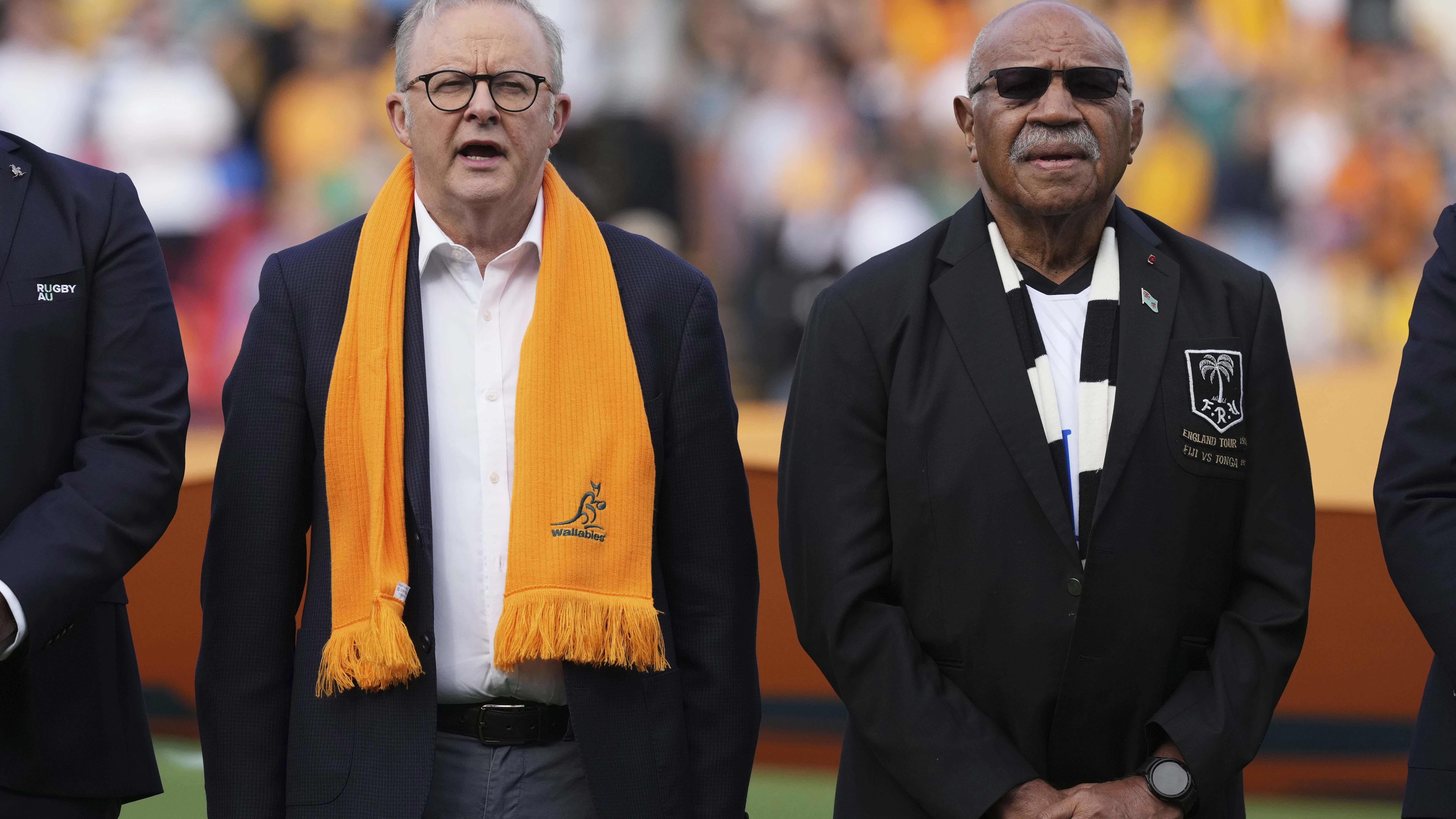 PM leads charm offensive as Wallabies clash with Fiji
PM leads charm offensive as Wallabies clash with Fiji
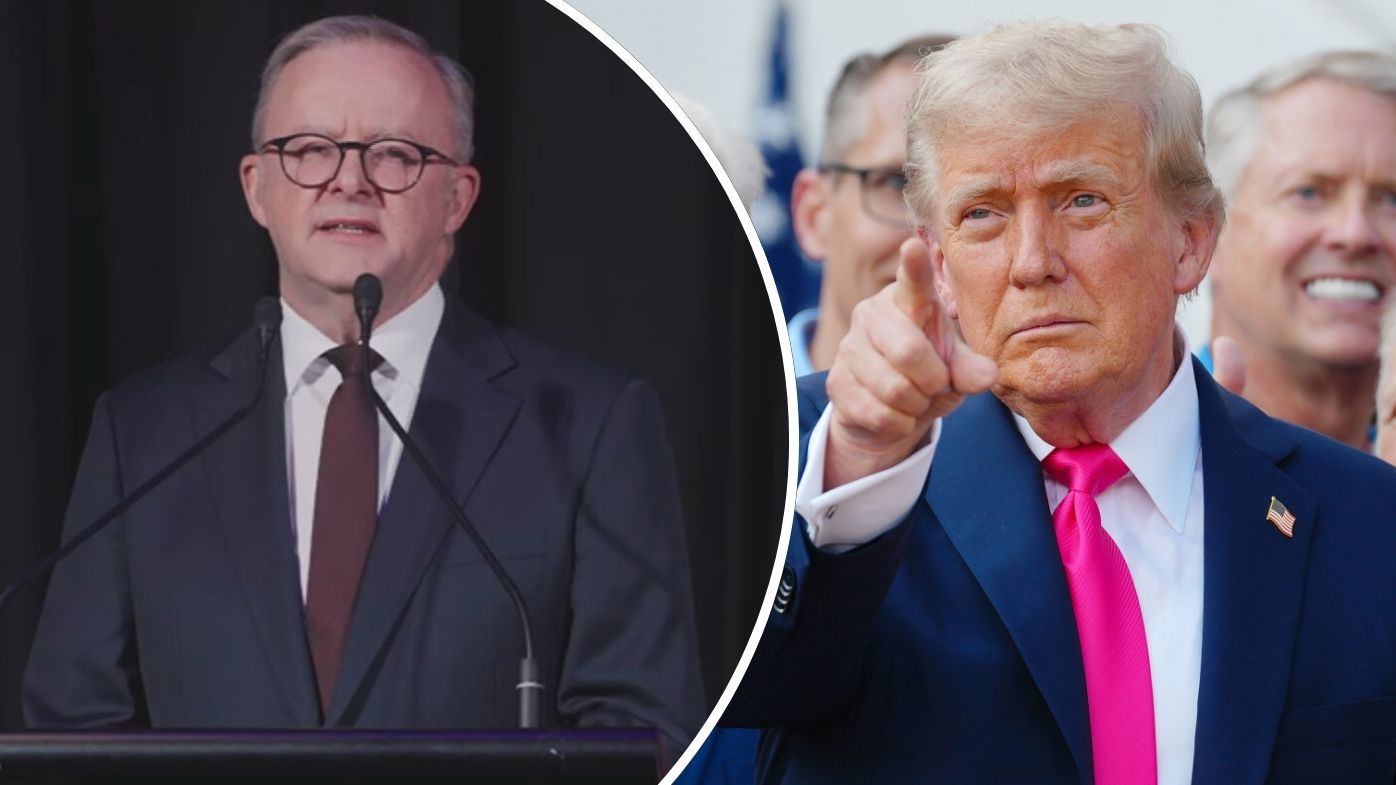 'Our own way': PM's subtle message about Australia's reliance on US
'Our own way': PM's subtle message about Australia's reliance on US
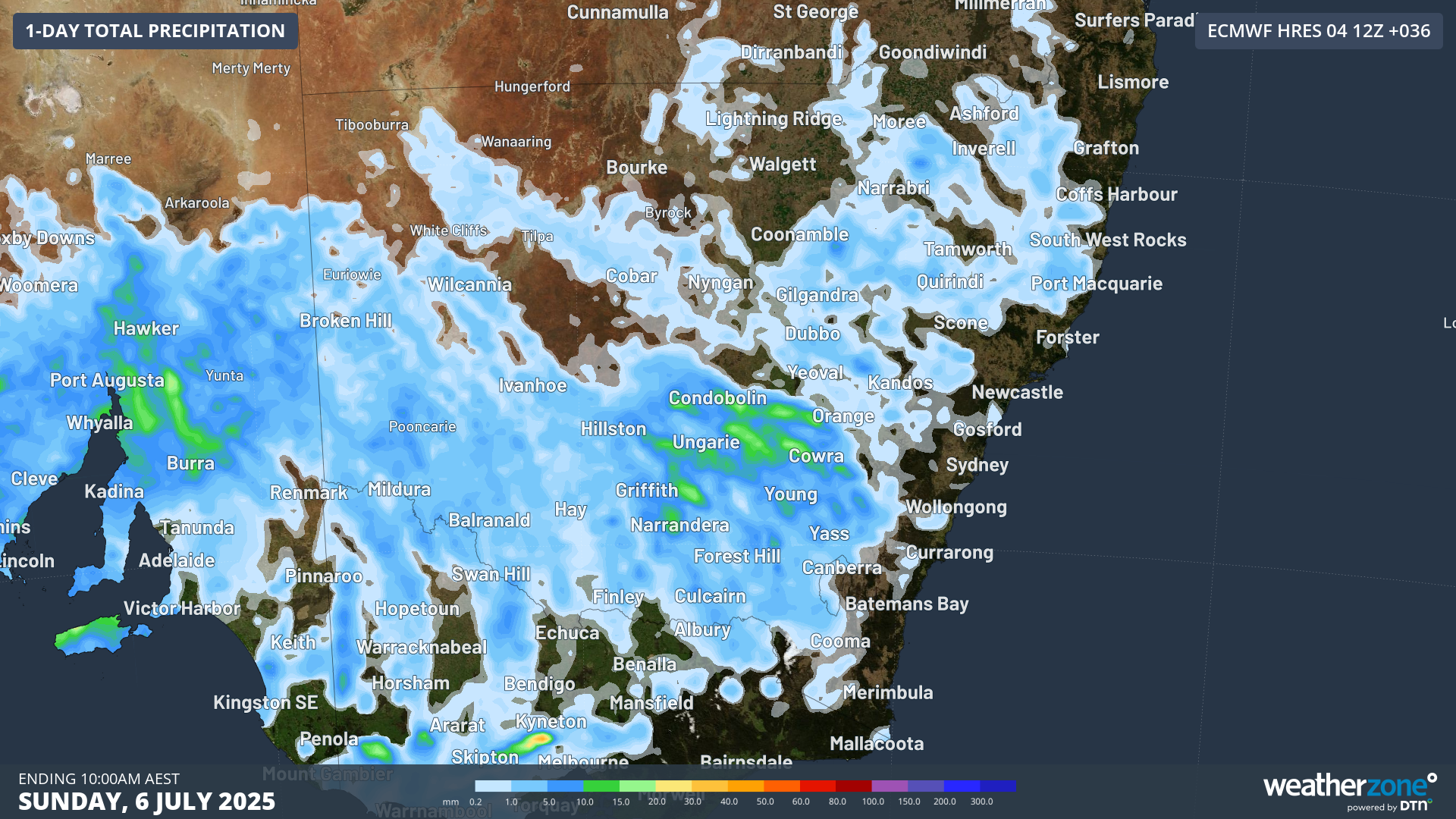 Hail reported as thunderstorms hit large parts of NSW
Hail reported as thunderstorms hit large parts of NSW
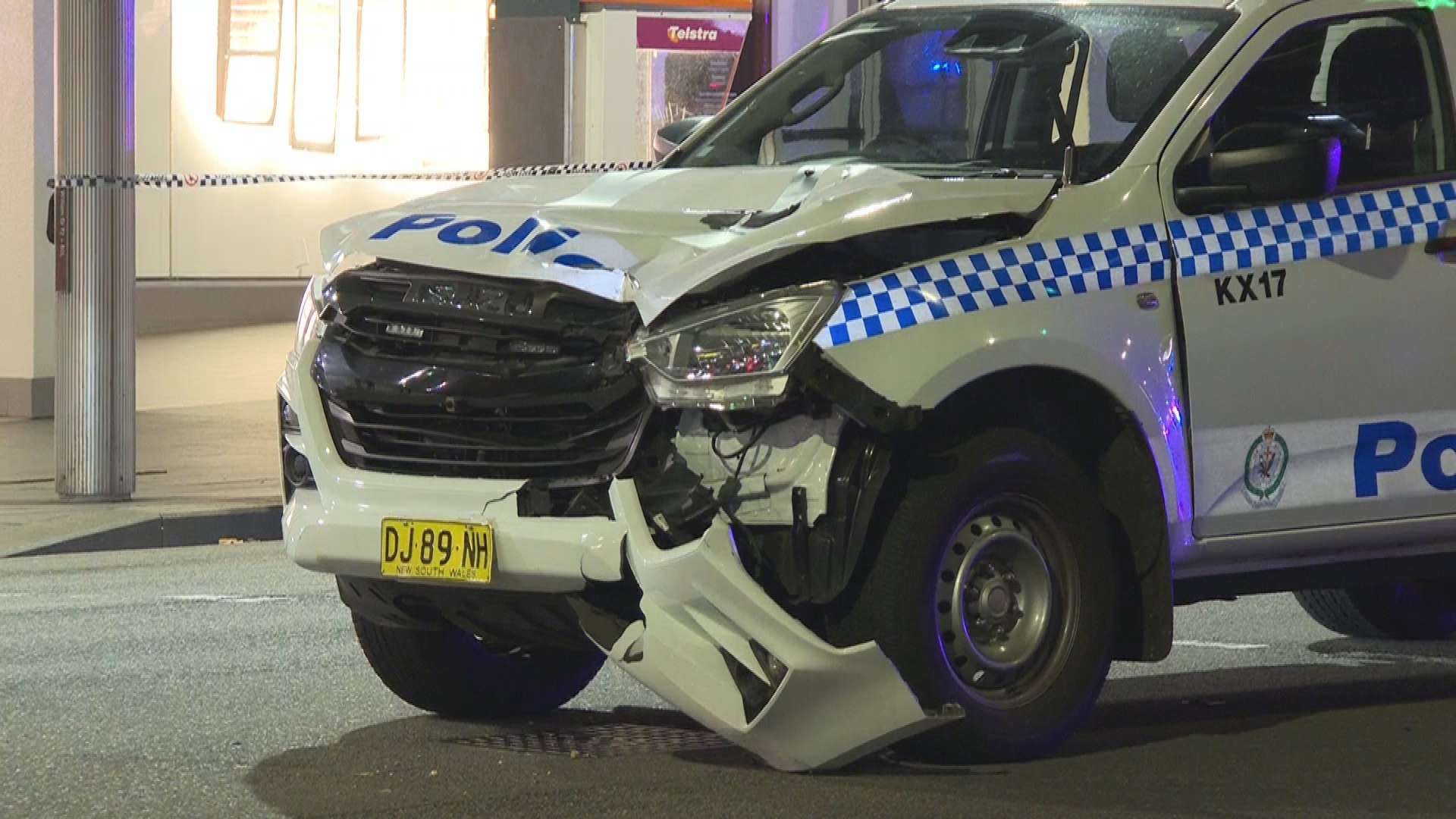 French man hit by police car as officers respond to brawl in Sydney
French man hit by police car as officers respond to brawl in Sydney
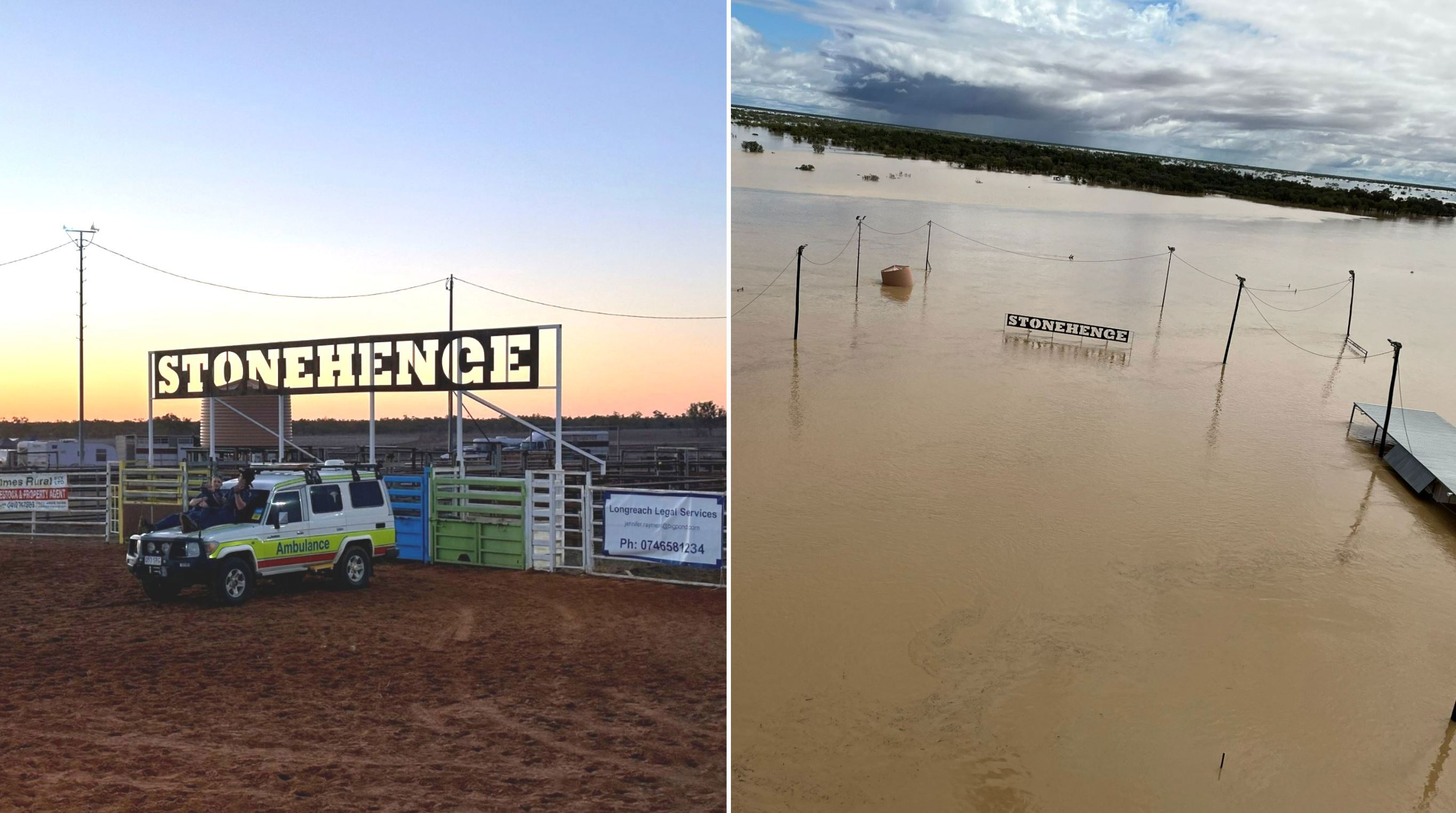 This flood-hit community needed a miracle to save its rodeo. It found one
This flood-hit community needed a miracle to save its rodeo. It found one
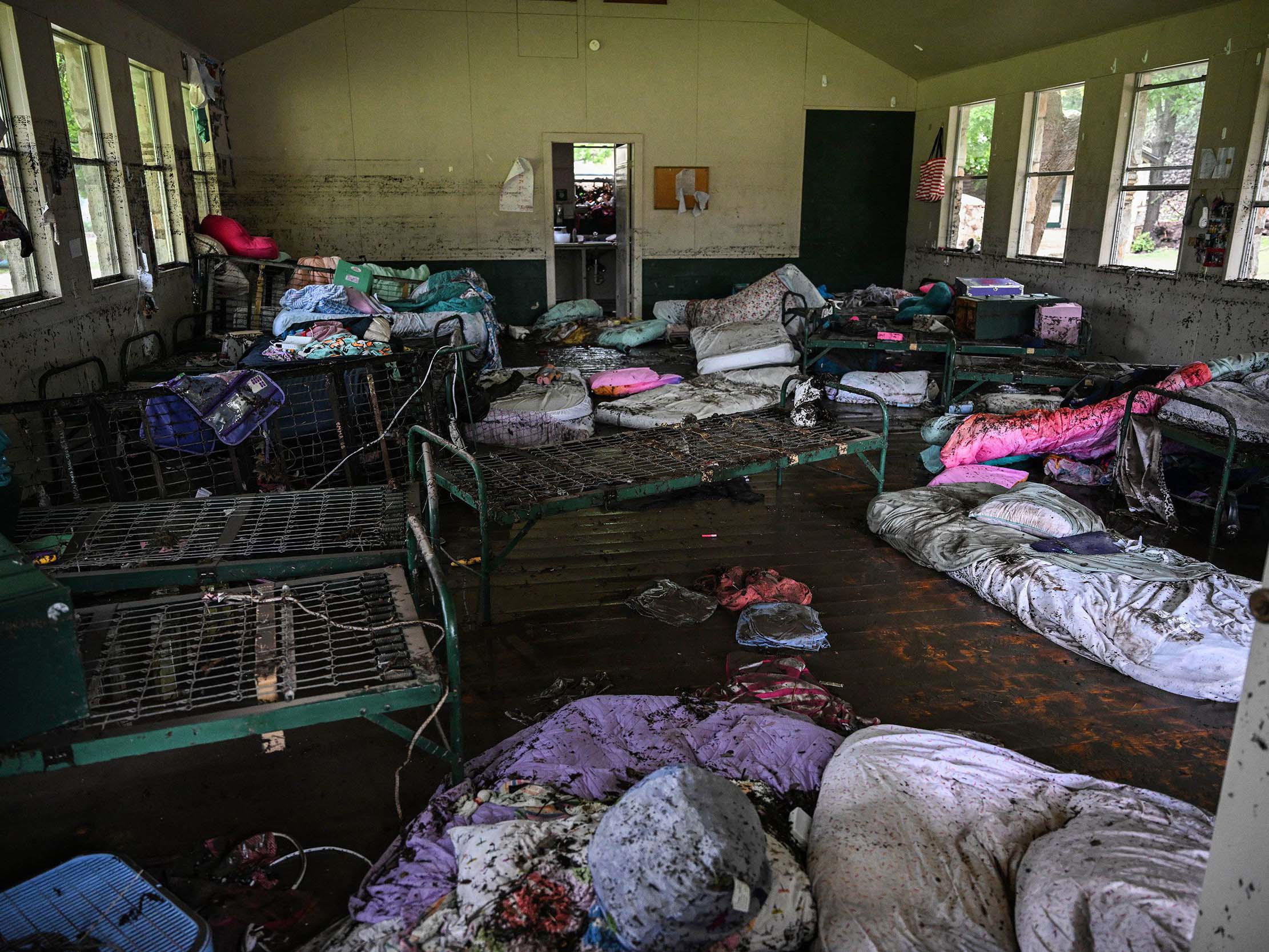 Fifteen kids among 51 dead from flash floods in Texas
Fifteen kids among 51 dead from flash floods in Texas
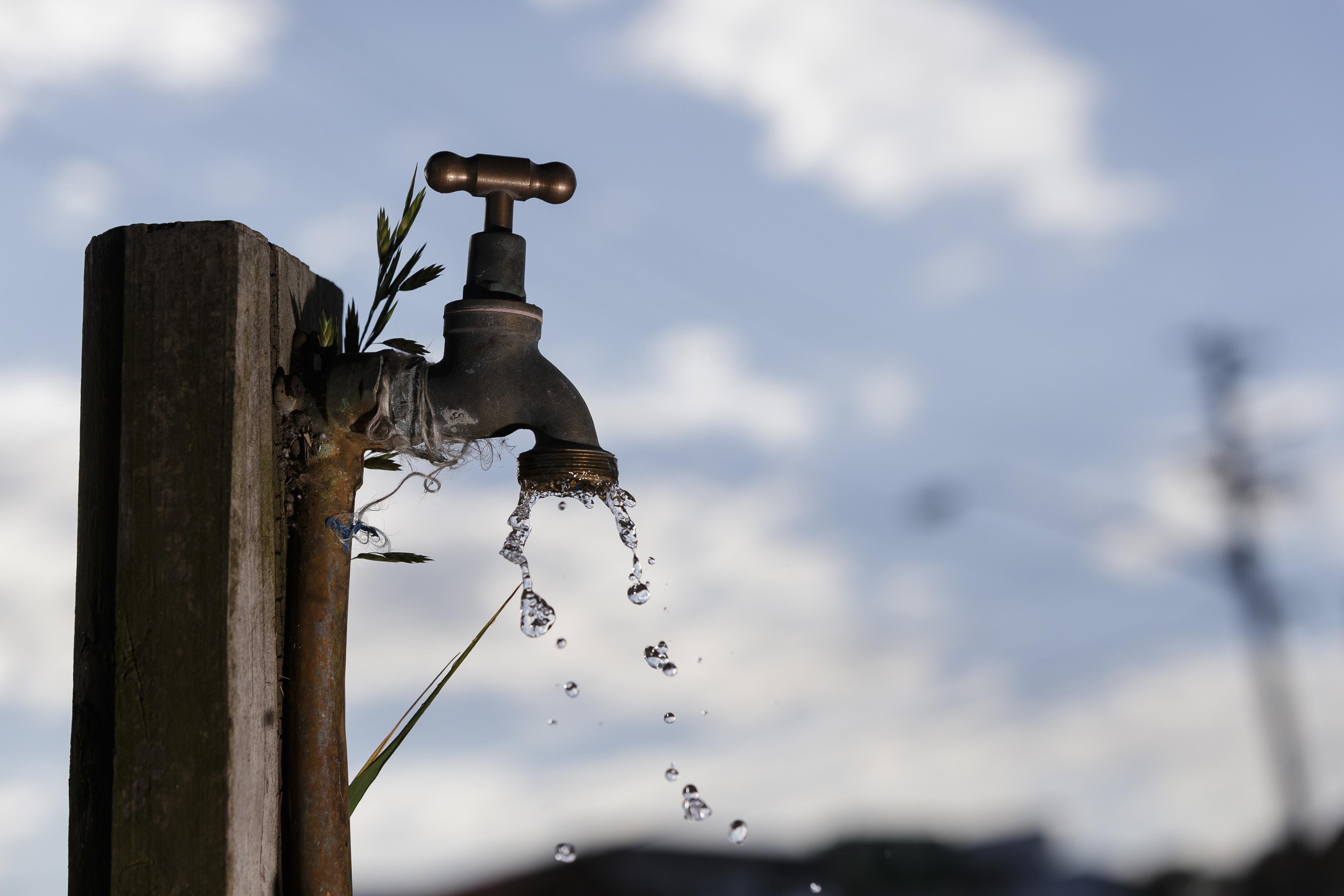 Tap water has been banned in part of France. Could Australia be next?
Tap water has been banned in part of France. Could Australia be next?
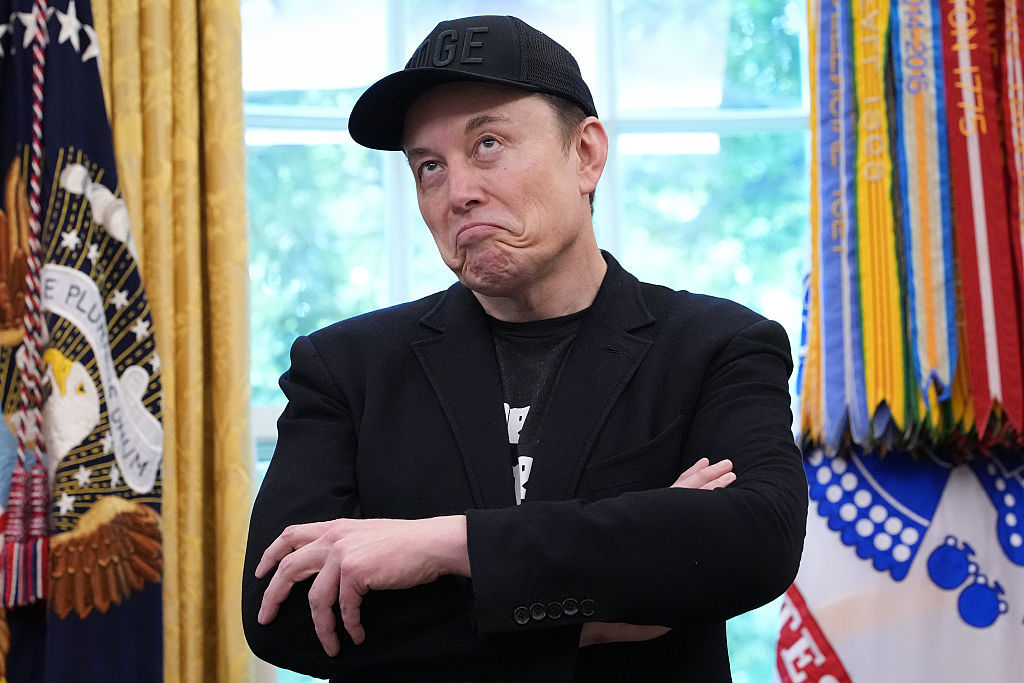 Elon Musk declares formation of The America Party in latest Trump snub
Elon Musk declares formation of The America Party in latest Trump snub
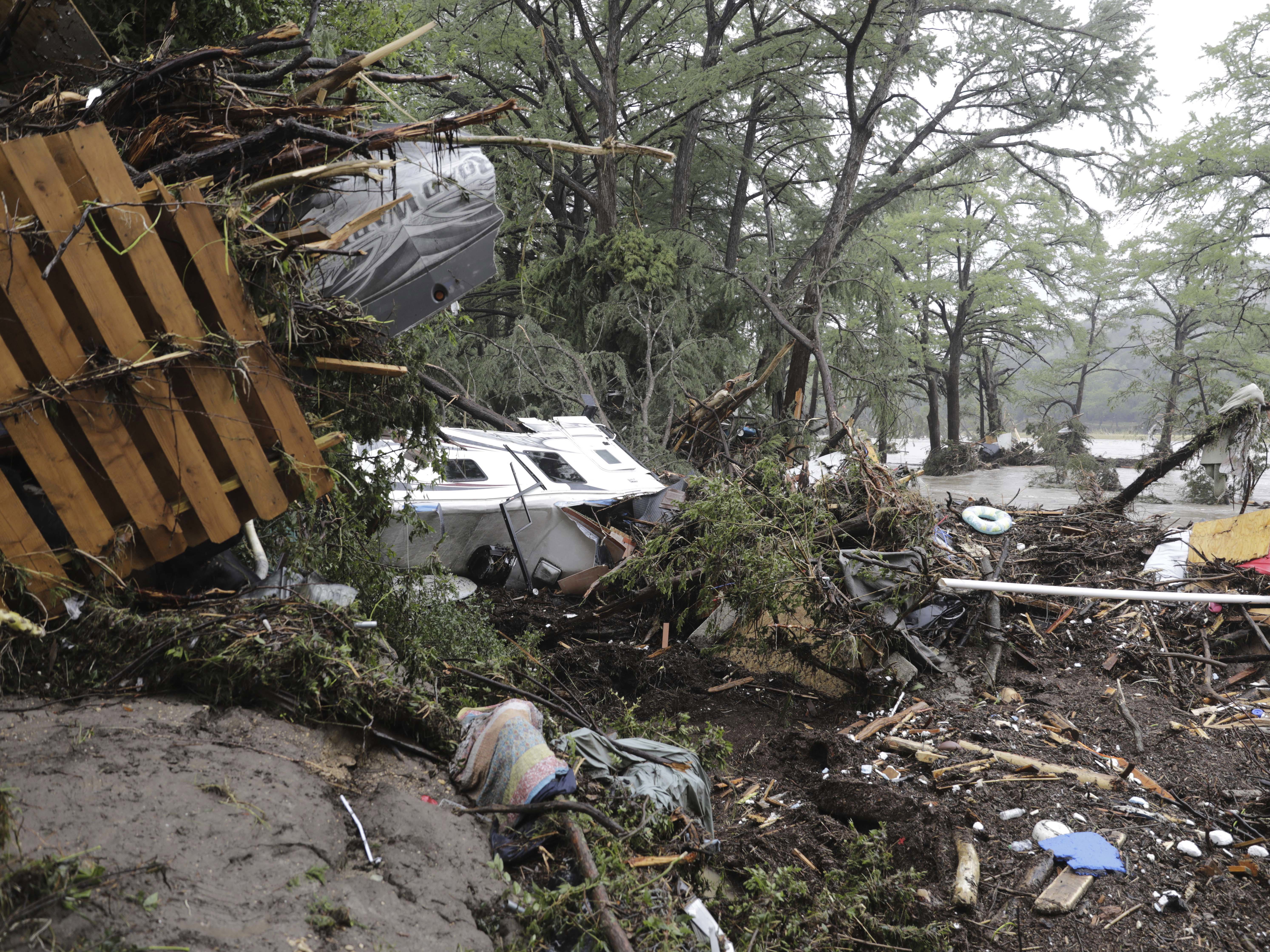 Families frantically plead for information about 23 missing US girls
Families frantically plead for information about 23 missing US girls
 The world's most important currency is suddenly sliding backwards
The world's most important currency is suddenly sliding backwards
 Tears of the UK's treasury chief spooked financial markets
Tears of the UK's treasury chief spooked financial markets
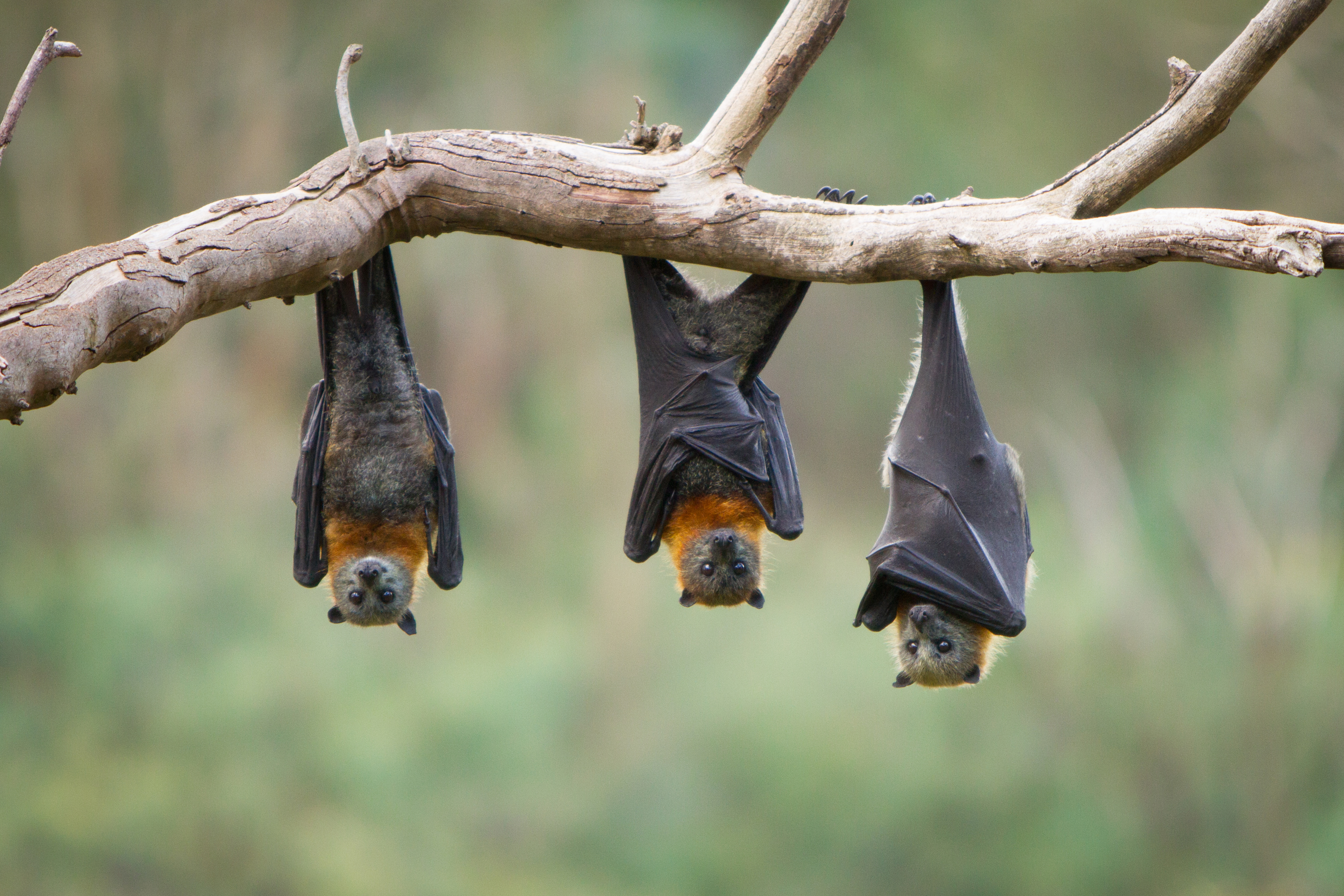 What we know about the rare bat virus that has claimed a fourth life
What we know about the rare bat virus that has claimed a fourth life
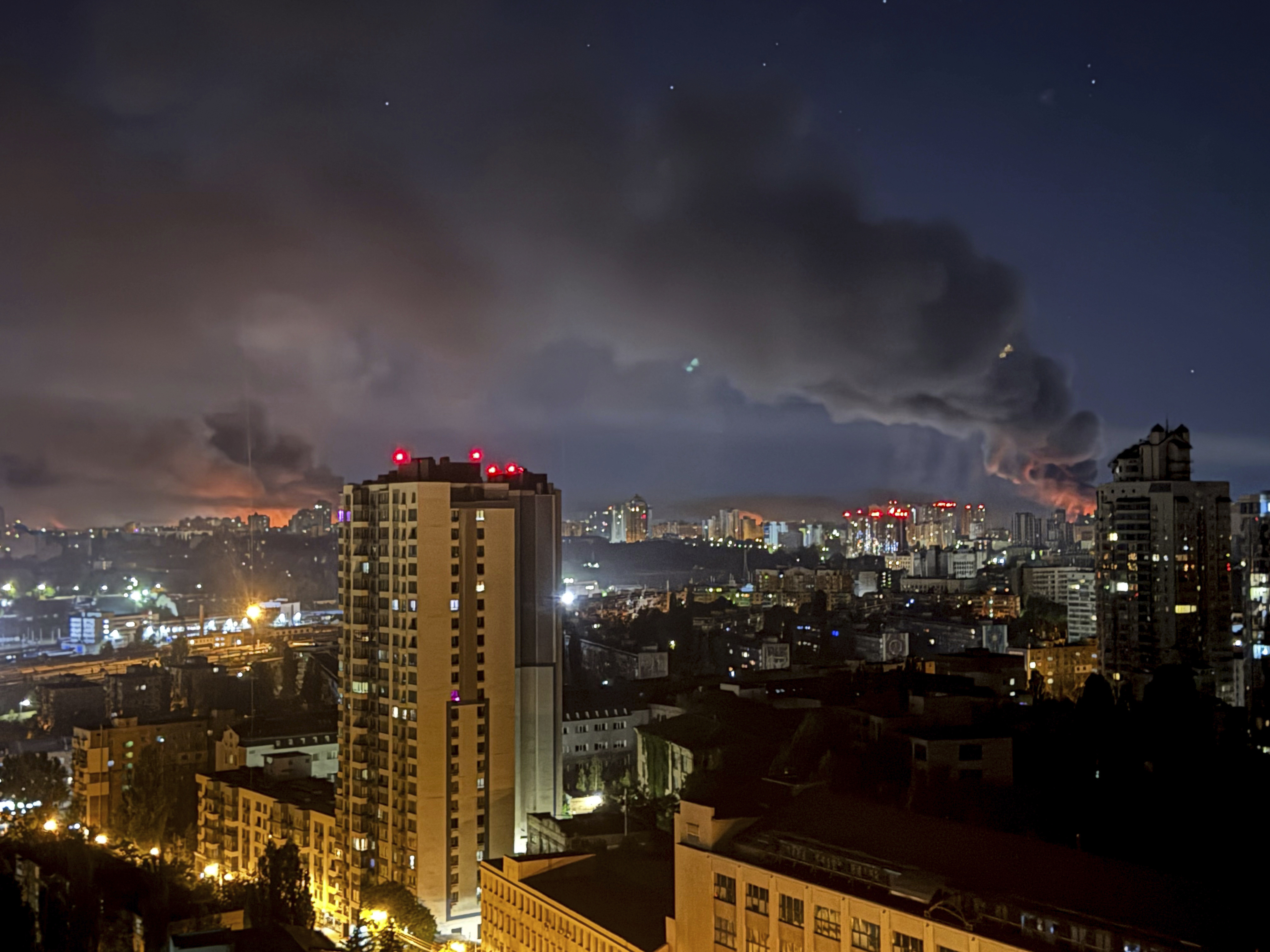 Kyiv hammered in largest missile and drone barrage since war began
Kyiv hammered in largest missile and drone barrage since war began
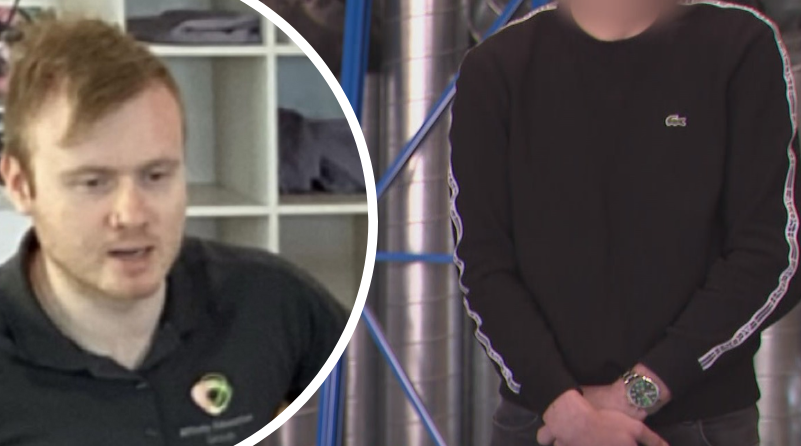 'My heart sank': Father learns of son's crossover with alleged childcare paedophile
'My heart sank': Father learns of son's crossover with alleged childcare paedophile






